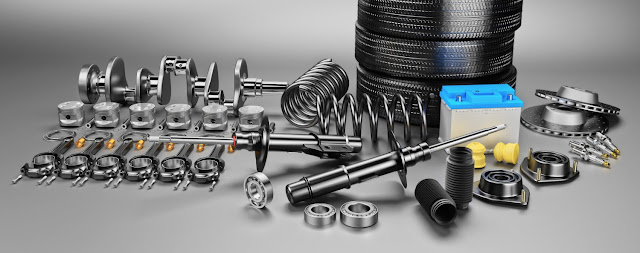Guidelines for moving your infrastructure to the cloud
Guidelines for moving your infrastructure to the cloud
Organizations have widely embraced the cloud. The cloud is so firmly established that Gartner calls it "the new normal for enterprise IT".
Cloud computing is a very high forecast for the organization's IT spending. It drives innovation by enabling the quick and elastic provision of resources and creating a wide range of building blocks from a single console. progress can be on the leading edge, more agile and profitable than economies of scale.
There is a lack of understanding of fundamental paradigm shifts as a result of cloud usage. Compared to traditional data centers, the attack surface is larger and more dynamic for cloud deployment because it uses almanac resources and more granular services. This is exacerbated by the occasional uncontrolled proliferation of cloud usage by teams within an organization.
lack of clarity
One challenge is the lack of clarity about who is responsible for it. This is true for organizations that use the cloud between these organizations and public cloud providers. This includes continuous integration and deployment after the initial cloud migration.
A low estimate of complexity
Organizations reduce the complexities of securing cloud environments. Applications running on-premises are under full control of the organization within a streamlined and stable security perimeter. Moving to a cloud or hybrid environment changes this basic assumption. The flexibility and power of cloud services result in increased complexity of governance and operations, increasing the likelihood of vulnerabilities due to misunderstandings.
The unmatched flexibility and power of containerized microservices and Kubernetes is also a result of additional complexity that may be exposed. The reduced deployment cycle for container images adds novelty and agility, but also raises the possibility of compromised software within the security perimeter, which is immune to cross-border security such as multi-border authentication.
Sub-total configurations and data have historically leaked due to not understanding or investing in the tooling and expertise required to manage this complexity. In one survey, nearly half of the companies indicated that they delayed transferring an application for production due to container and Kubernetes safety concerns.
An unrealistic expectation
Some organizations believe that they can use on-premises security technologies in a dynamic cloud environment. But traditional approaches do not work because DNA has changed completely.
In the on-premises space, things follow predictable progress. Phase B follows Phase A, and then Phase C follows Phase B and is usually based on a support framework.
However, the A, B, and C phases can operate in the cloud at the same time. Now you need an automated process for cloud workload protection. You do not have the time or luxury to monitor someone on a day to day basis.
Insufficient security policies, practices, and procedures
The cloud has consolidated a lot of infrastructures, systems, and computing resources. Organizations need to know how their policies for data protection work when they do not control the infrastructure on which the data resides.
Businesses that classify themselves as open-source companies typically provide Microsoft to other organizations. When organizations are using microservices in the development phase, they can play with the code. But as those organizations move into production, various obligations have implications.
How to handle microservices
Microbial provides software decentralized microservices that gain traction as a method for modifying applications to reclaim the benefits of Kubernetes. These come with a range of commercial and open-source licensing options with a wide variety of support or support in addition to the online community. Some open-source licenses, such as GPL, may make the software unsuitable for certain production uses. The legal and cost implications of microservices licensing are an important aspect of this new application landscape. This is worth considering during application development before production changes.
Why do you need Trusted Access?
You should also employ reliable access. This means that anyone who has access to an application, communication route, or system has the appropriate credentials.
Trust relationships and boundaries need to be managed according to business objectives and legal constraints. In addition to strong authentication that uses credential rotation and more multiform authentication, access privileges must be defined as roles based on the least privilege. The least privilege implies that an HR role does not give access to sales and an employee does not get access beyond the scope of his or her tasks.
Limit your attack surface and protect
Effectiveness in reducing the attack surface means limiting external and internal access, such as (open ports) which is necessary. It also means disabling redundant software functions and infrastructure. This reduces the number of items that can be compromised.
Not only should the attack surface be limited, but it needs to be protected using an automated framework that carefully detects odd traffic or software behavior. This should result in the cancellation of appropriate policy-driven notifications and actions, thus limiting the impact of the breach.
Approach compliance with care
Your overall structure should meet all the certification and compliance requirements your organization needs to meet. This should include all the criteria you have met in your on-premises environment.
However, clouds can cause significant nightmares. Therefore, pay attention to cloud security, not just cloud travel. Keep in mind that one must be prepared to defend within seconds or minutes to limit the violation.
To know more about cloud services visit here https://www.plmnordic.com/digital-services/



.png)
Comments
Post a Comment